
Compact 30kV 0.1 Hz cosine square wave testing system for PD detection on XLPE cables
2023-07-19 16:531. Introduction
The applied quantity of power cables increases year by year, as power demand is rising, which
proposes high standard for safe operation of cables. XLPE cables have superiority in fine heat-
resistance, mechanical behaviour, installation and preventive maintenance. However, XLPE cables
usually get damaged during production progress and cable laying[1-2]. There are two main methods
for power cable insulation testing, namely, online test and offline test[3]. Offline test has the features
of high precision and easy operation, and thus it’s widely used in engineering. Depending on the
difference of excitation source, offline test mainly includes power frequency AC voltage test, DC
voltage test, oscillating wave test and VLF (very low frequency) voltage test etc[4-9]. Power cables
often have large equivalent capacitance due to the long laying distance, and it is not convenient to
engineer while using AC voltage test, because they have to adopt high capacity and massive
transformer. Furthermore, it’ll develop additional electric field after DC voltage withstand test[10-12].
Therefore, VLF voltage test and oscillating wave test are mainly used in the cable insulation test.
Over the years, VLF cosine square wave is the develop priority in the power industry. It can
conduct DC voltage withstand test for cable by using the part of square wave, and lastly we can obtain
leakage current and dielectric loss reflecting the whole insulation status of cables. In addition, the
rising and falling edges similar to AC voltage can carry out partial discharge detection[13-14]. This
paper presents compact 0.1 Hz cosine square wave testing system designed for on-site cable insulation
test, and it can output 30 kV peak voltage and has the advantage of compactness and portability.
Several XLPE cables have been tested by using the system, and experiments results show that this
system have excellent performance in the field of cable insulation test
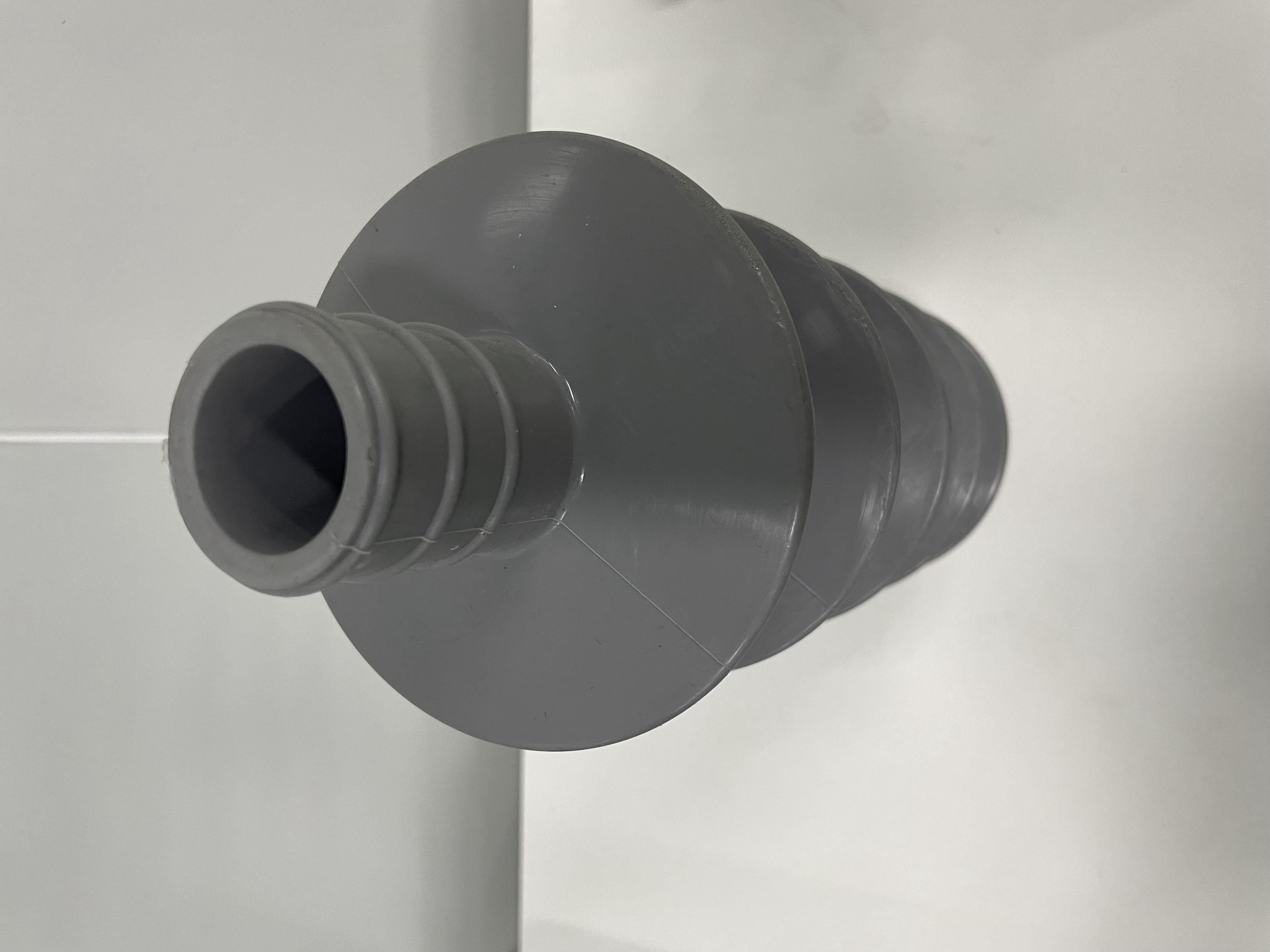
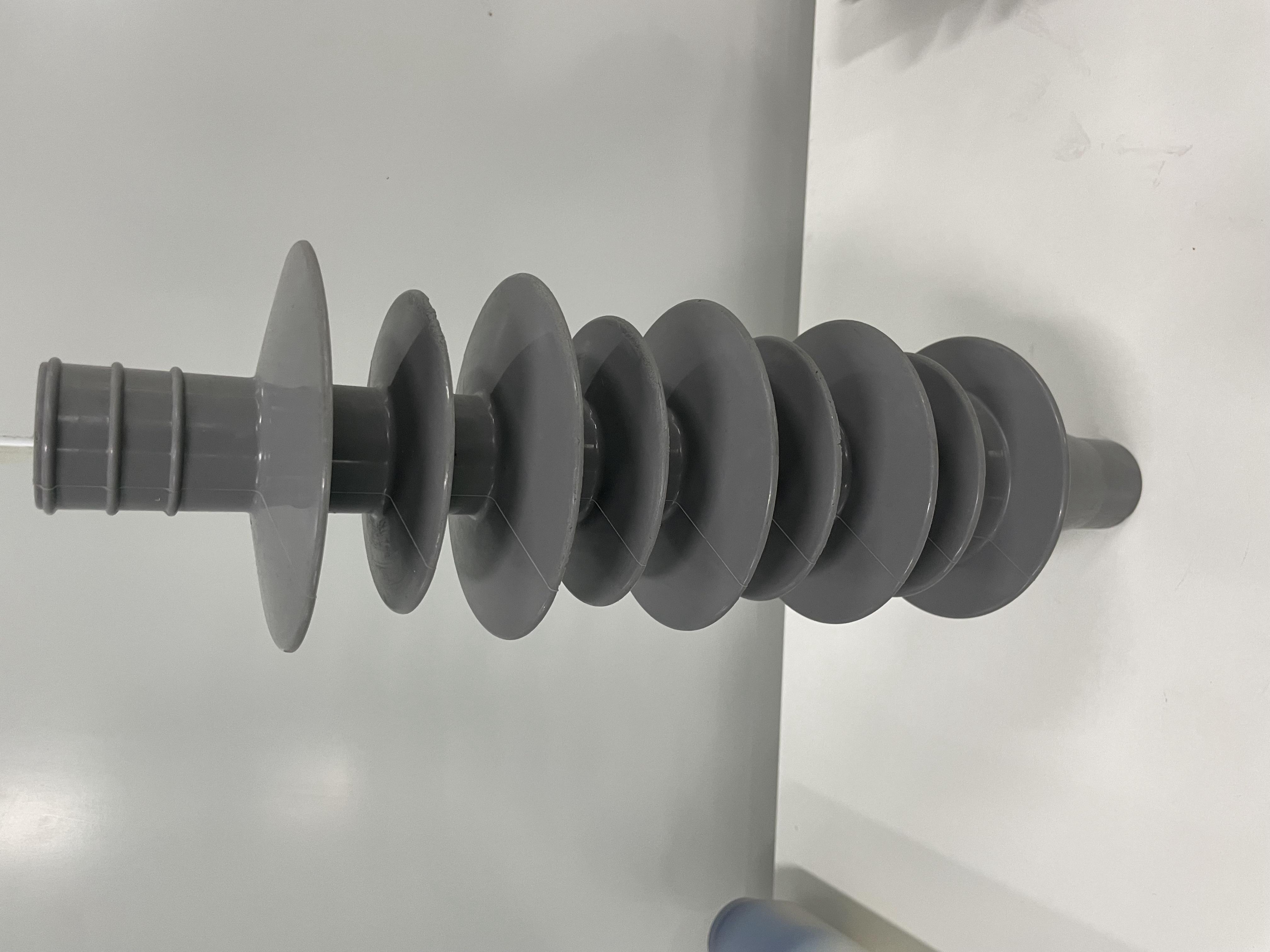
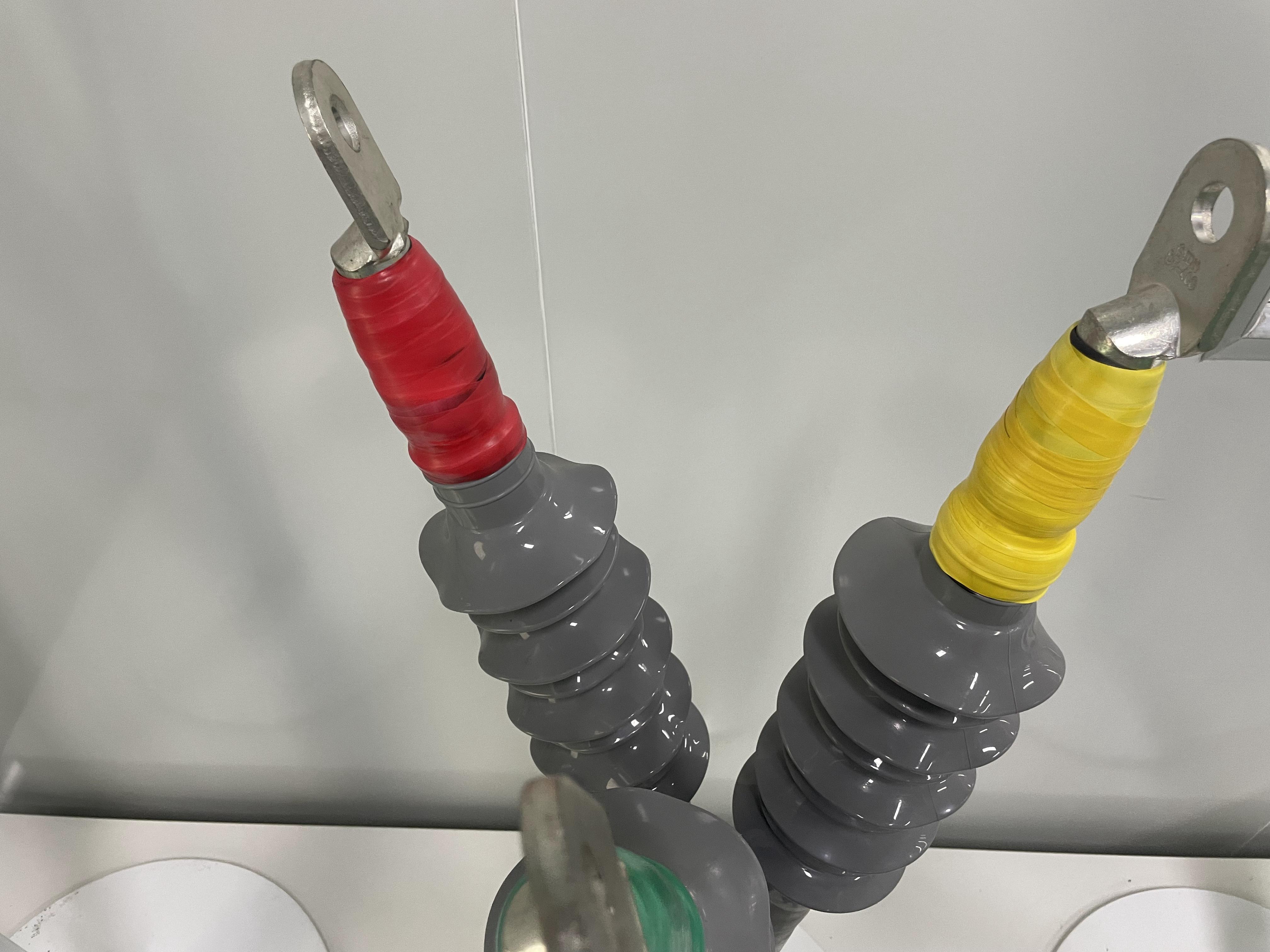
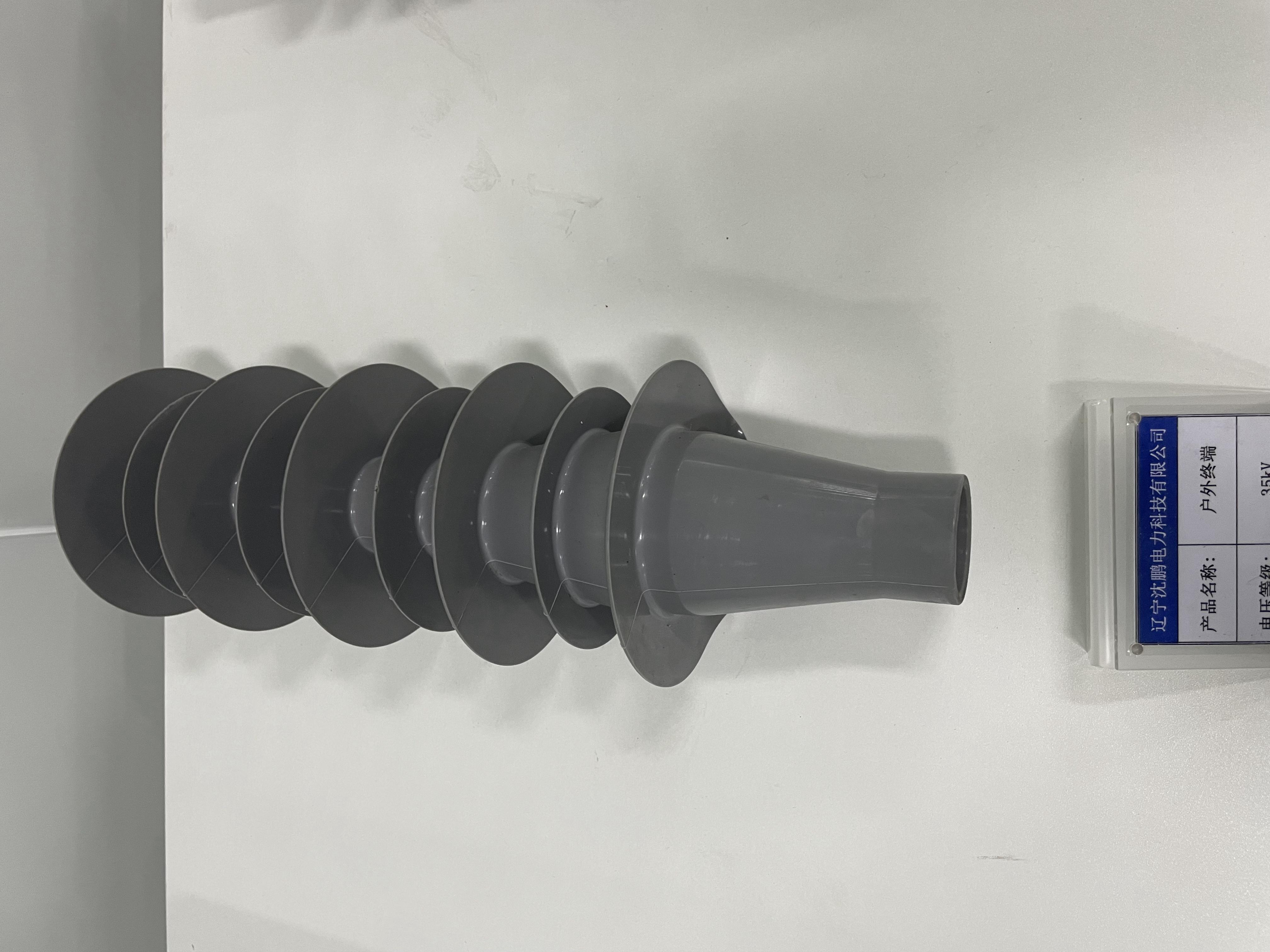
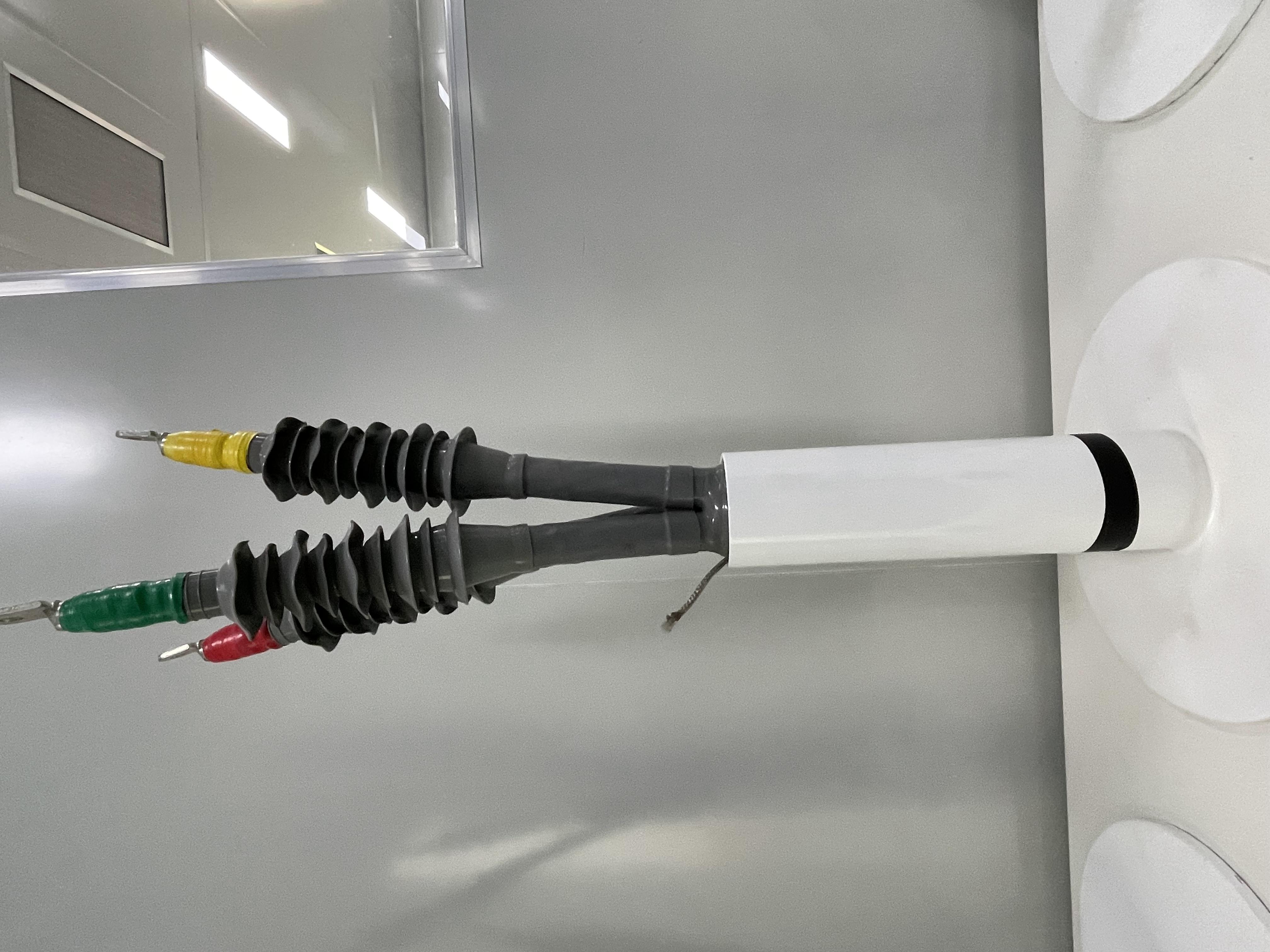
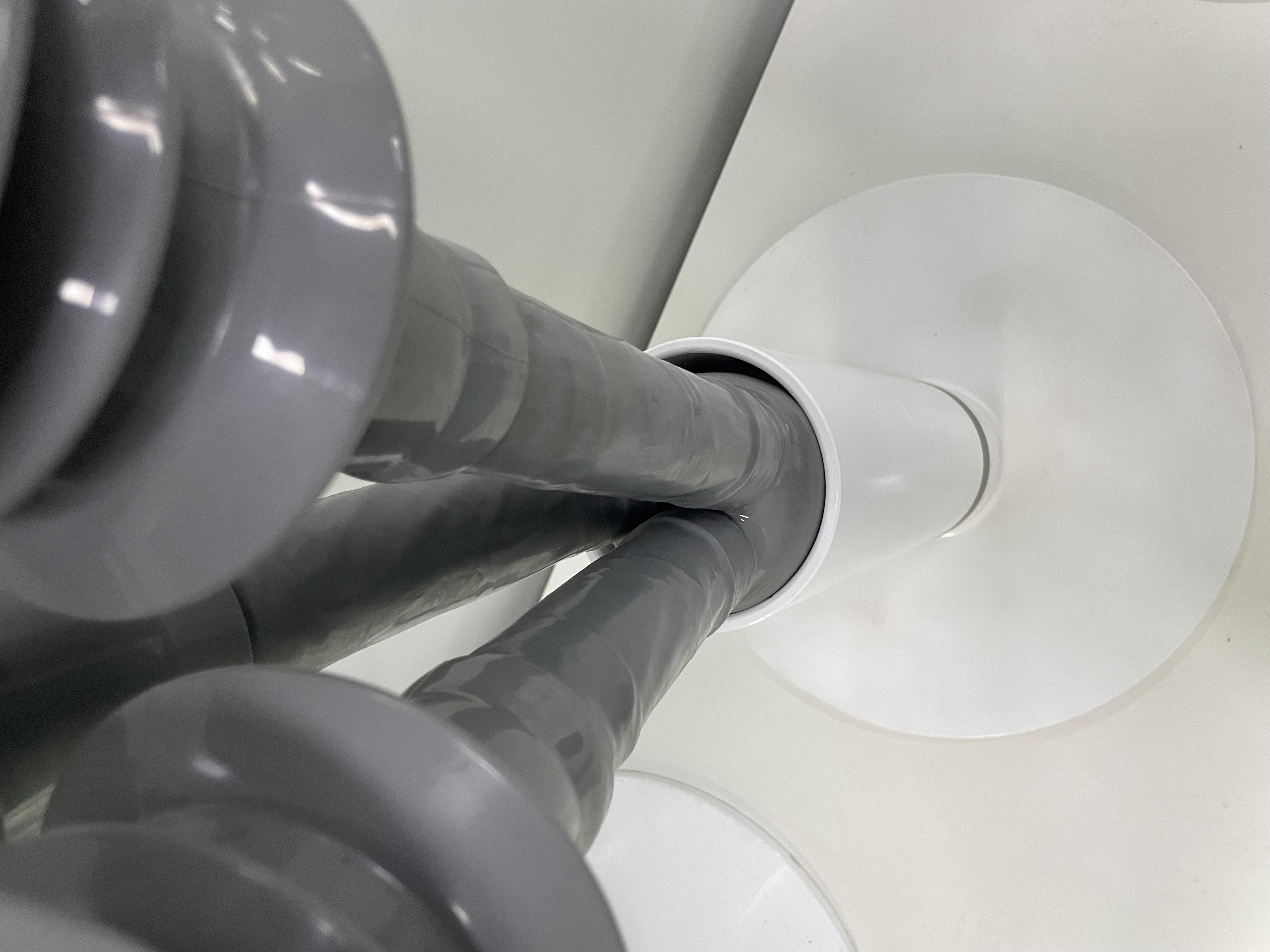
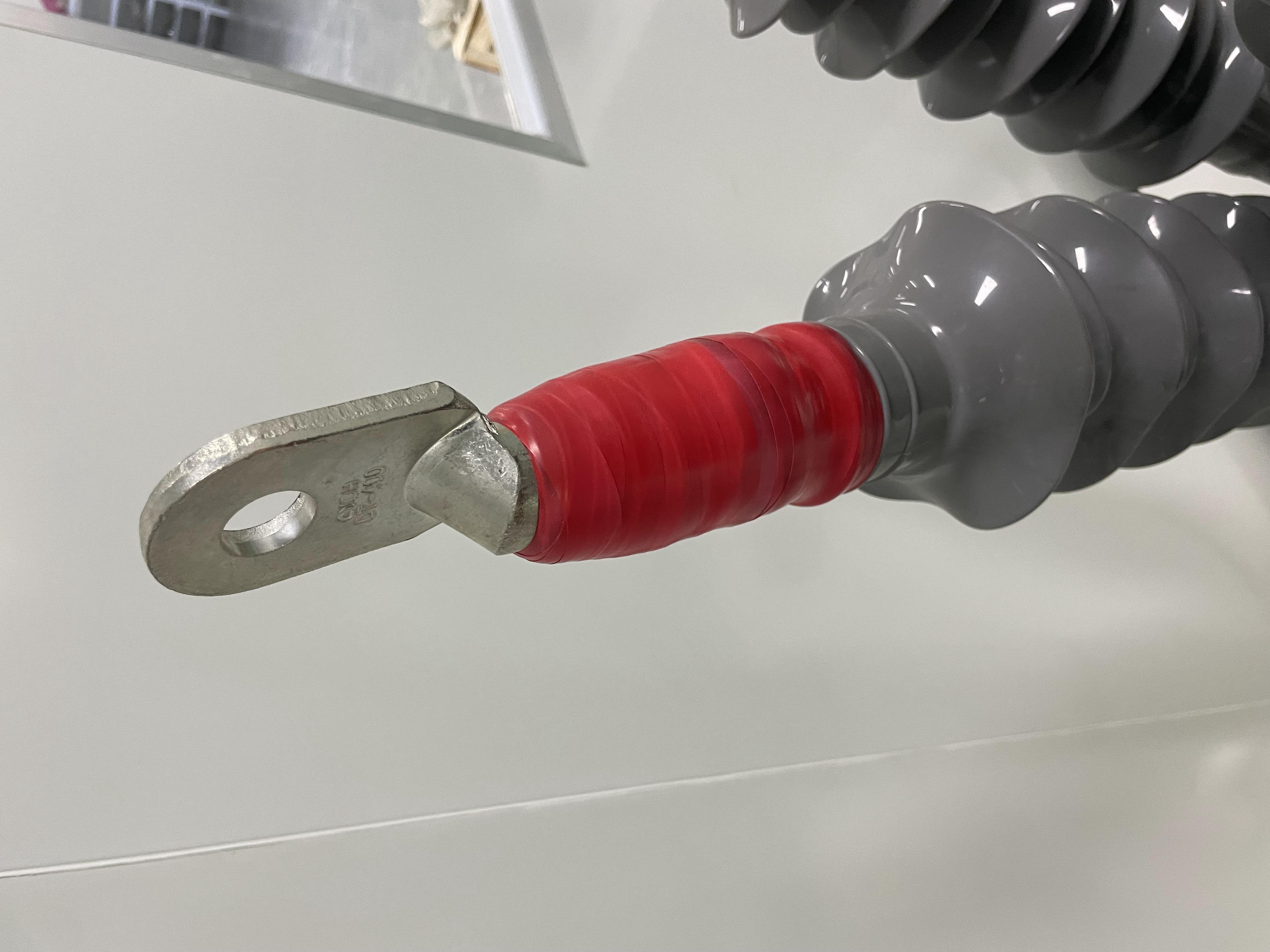
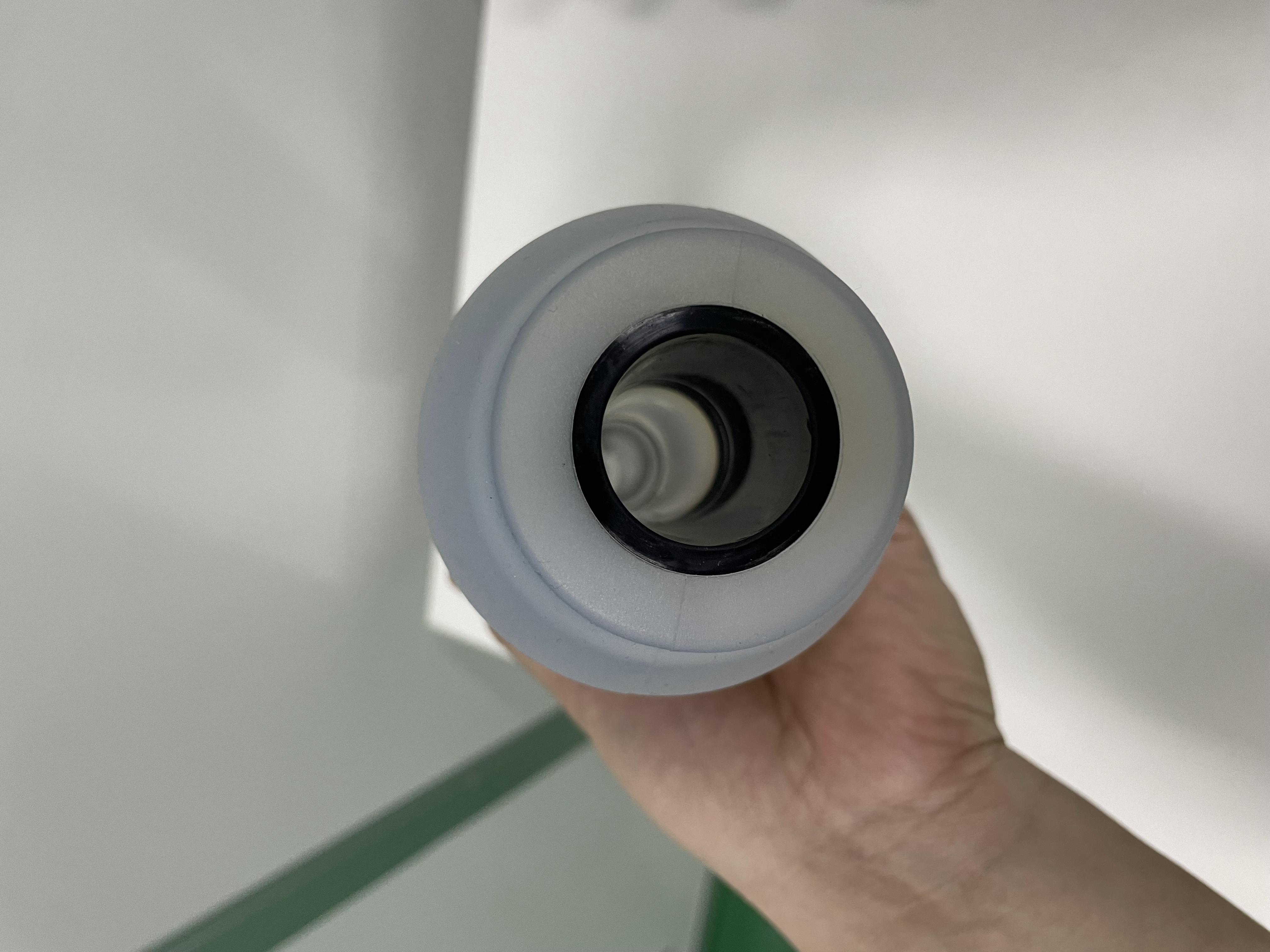
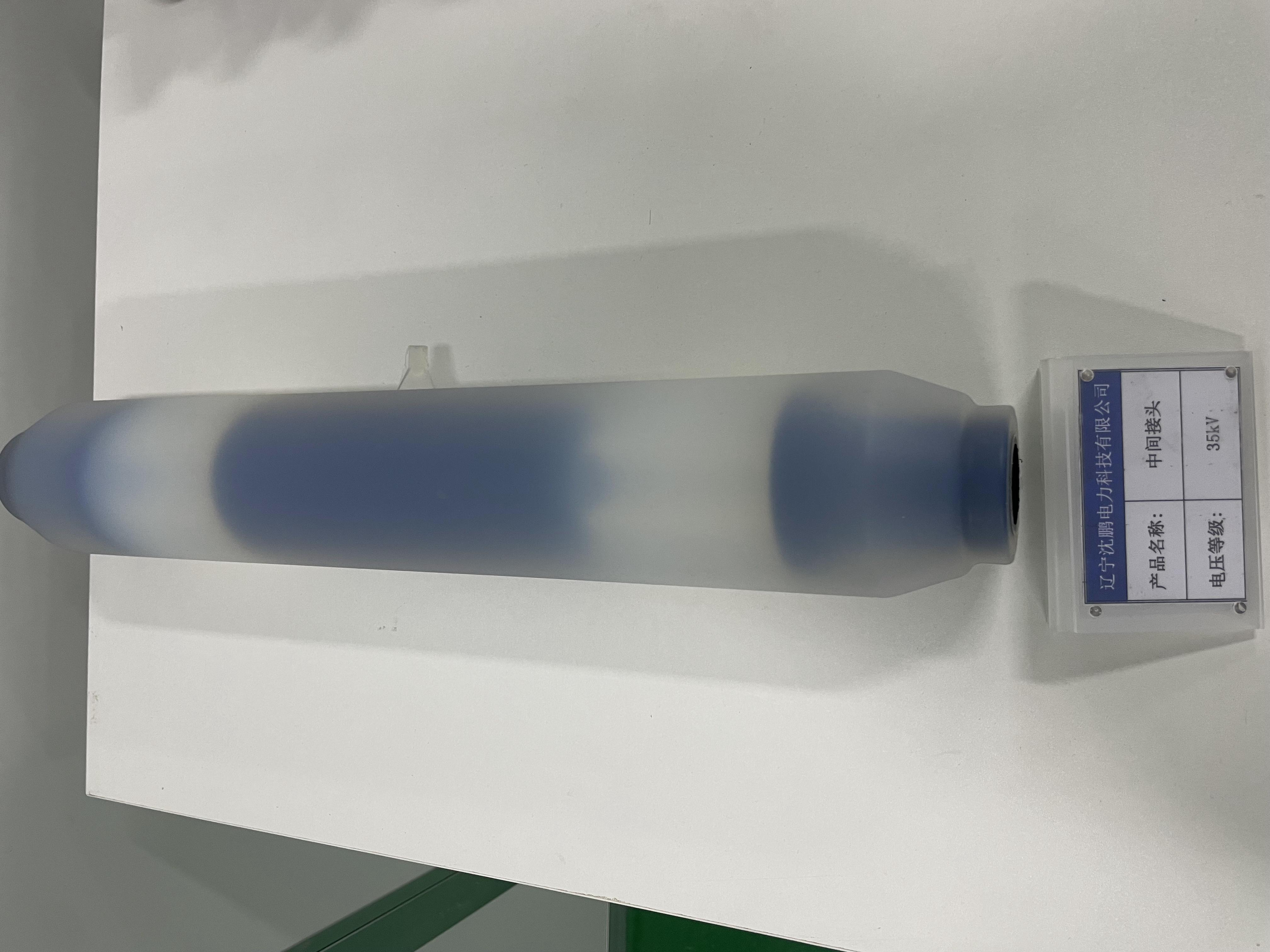
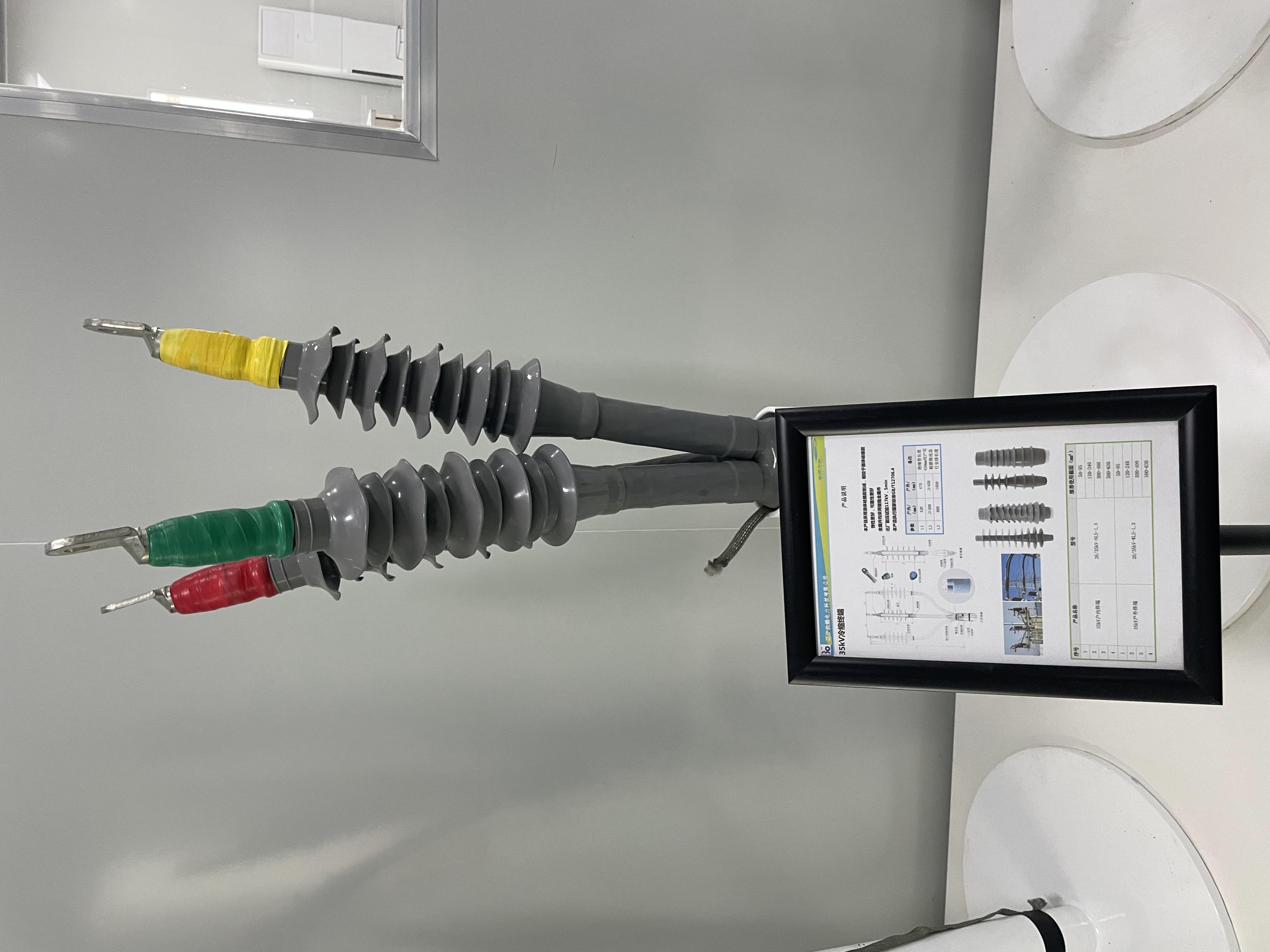
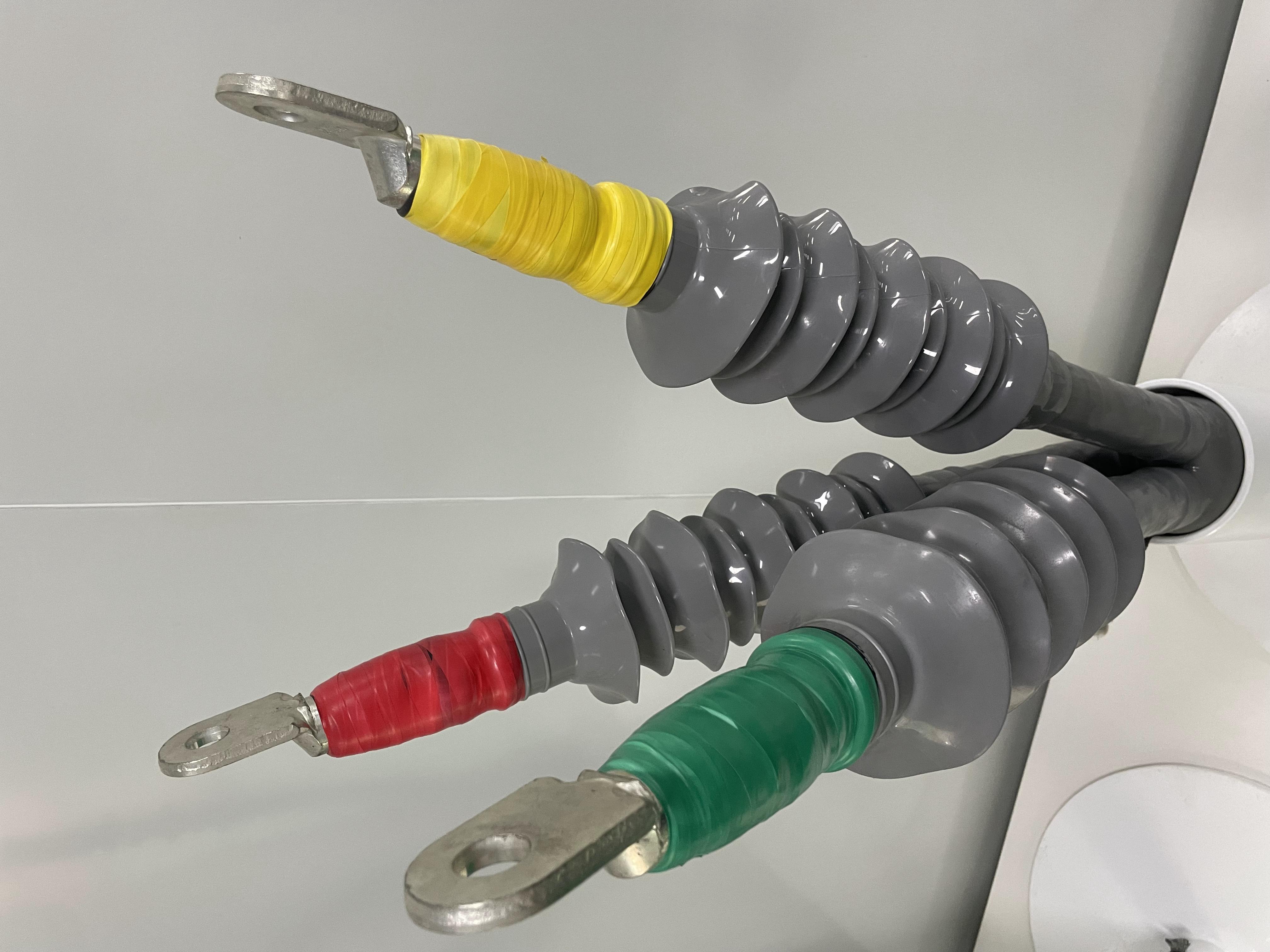
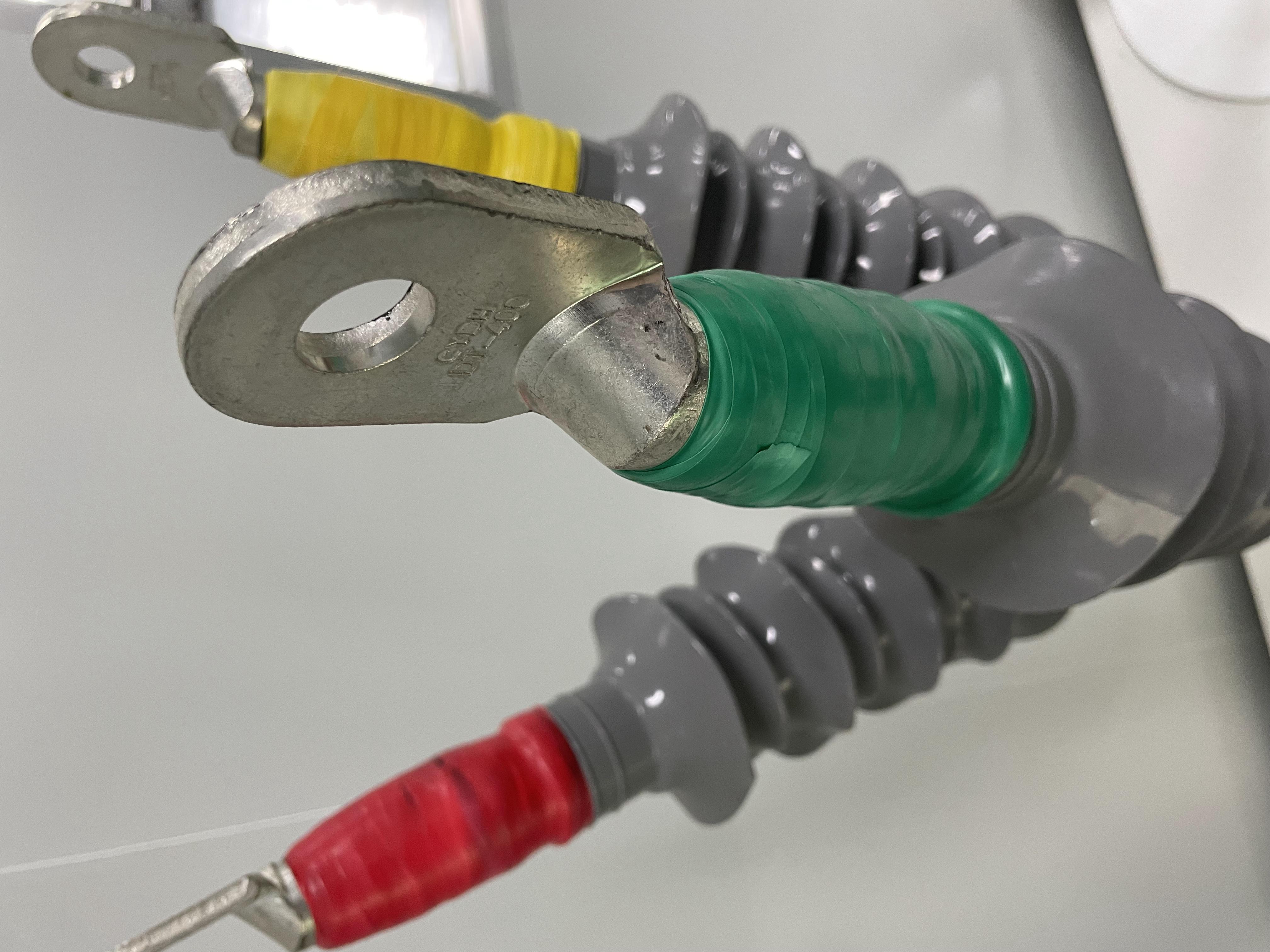
2. Basic principle of system
2.1. Component f system
As depicted in the Figure 1, the main components are described as follows:
a. Positive high-voltage source, namely, voltage doubling rectifier circuit.
b. Discharge unit consisted of bipolar high voltage semiconductor switch.
c. Detection unit including high voltage divider and PD detection unit.
d. Capacitive load.
In the Figure 1, Sr is the relay controlling on-off of electric supply, and T1 is step-up transformer,
and R1 is limiting resistor. Sp, S1 and S2 are high-voltage switch, and L1 is air-core reactor. Cx is
equivalent capacitance, and C is auxiliary capacitance.
High-voltage semiconductor switch is the vital component of system, and switch has to meet the
demand of high speed and high withstand voltage. High-voltage switch proposed consists of several
series-connected IGBTs
Get the latest price? We'll respond as soon as possible(within 12 hours)
